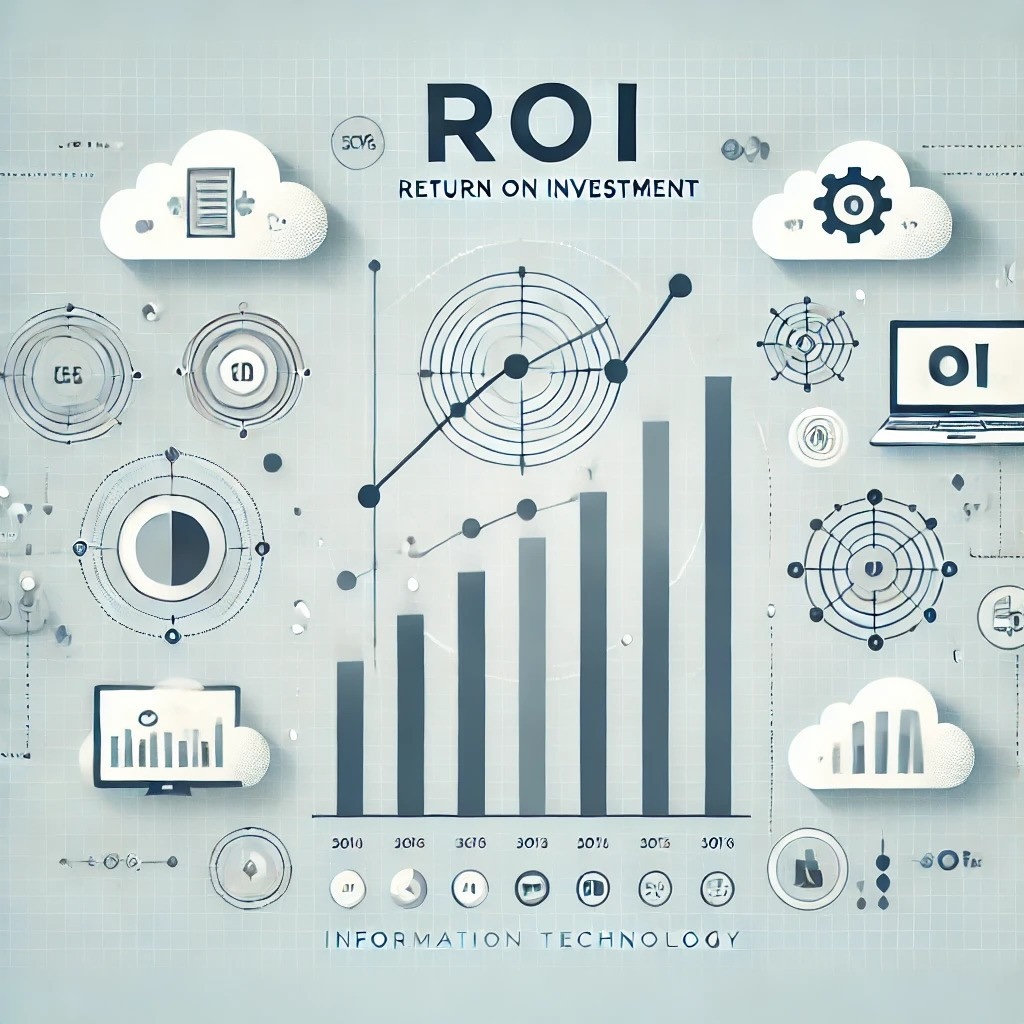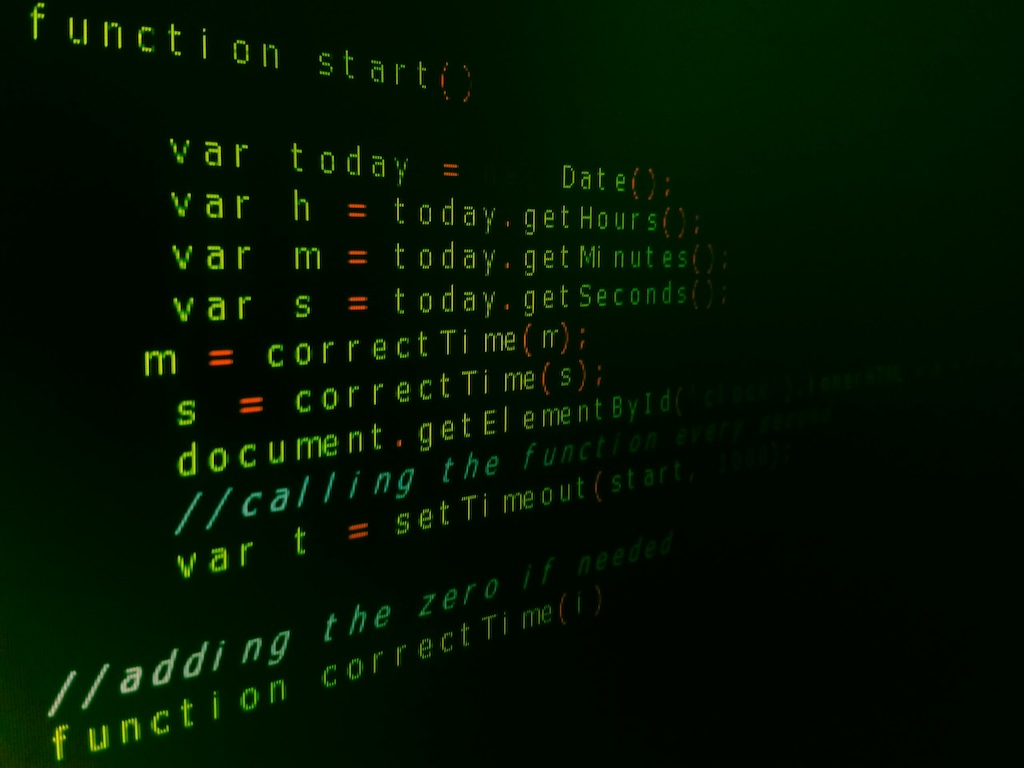Optimizing Software ROI with Software Quality Management (SQM)
In this article
Summary
Software Quality Management (SQM) involves a set of processes capable of optimizing and maximizing Return on Investment (ROI) in software development.
SQM delivers higher software ROI by enabling teams to build better quality systems that are easily maintainable, scalable, adaptable, and secure—thus reducing the Total Cost of Ownership (TCO) of your portfolio, freeing up resources for greater innovation and development, clearing technical debt and reducing time-to-market for your systems.
Additional long-term business and operational benefits may also be derived from the implementation of SQM, including a built-in readiness and capacity for adapting to changes in market demand, supply-demand, and international software legislation.
You can estimate the ROI that Software Quality Management could generate for your business by using our free Sigrid® ROI Calculator.
Introduction
IT and business leaders in the software development sector often struggle to accurately assess the return on investment (ROI) of their software development decisions and their overall software portfolio. Unlike traditional financial investments, calculating ROI in software development is complex, involving not just the revenue generated but various hidden costs associated with software maintenance, innovation, and security.
Just as tricky as assessing software ROI, is knowing how to improve, and ultimately optimize, your return. This is where Software Quality Management (SQM) comes into play.
SQM is the term used in the industry to describe a set of processes used to ensure software quality is embedded throughout the software development lifecycle (SDLC).
As a key player in the assurance of software quality, SQM is also a key driver in maximizing IT investment ROI. The SQM process does so by improving the efficiency of the SDLC, reducing technical debt and time-to-market, as well as reducing the TCO of your software—such as ‘keeping-the-lights-on’ (KTLO) activities and maintenance costs, labor and energy costs, and the potential financial risks of vulnerabilities and security risks within your software systems.

By leveraging SQM, software developers and companies can improve software ROI in both the short and long term.
The process begins with assessing the quality of the existing portfolio, optimizing that quality, and then using SQM as a strategic tool to enhance future development decisions.
Investing in SQM early can secure the greatest ROI by preparing organizations to make more efficient and cost-effective software decisions moving forward.
Understanding ROI
To best understand how ROI and SQM work together, we’ll begin by defining return on investment in a more generalized setting. ROI stands for Return On Investment and is a general term applicable to many business situations.
For example, an investor buys a 20% share in a new tech start-up for $1M USD. There are two key metrics by which this investor will measure their ROI.
They will measure the amount of money gained from the investment by deducting the initial cost of investment from the value of their 20% share at sale.
They will measure the time it takes to earn back the initial investment.
Following our example, if after five years the investor sells their 20% share in the company for $2.5M USD, then they will have made a return on their investment of $1.5M, or 150%. This is a sizeable ROI, but took five years to materialize, which—depending on the individual’s investment portfolio and income—will have proved a positive return to a greater or lesser extent.

Exploring ROI in a Software Quality Management (SQM) context
The above definition of ROI is useful as a base from which to understand investment returns in a software, and SQM, context. However, it is important to note that when it comes to ROI for custom-built and licensed software investments, the ‘return’—which measures a company’s profitability and project success—is rarely purely financial.
Instead, whilst the revenue generated by SQM delivering higher quality software will factor into your software ROI, SQM may also be intended to offset your investment in other ways. Such as improving your company’s operational efficiency, reducing time-to-market, providing your business with a competitive advantage over others, reducing technical debt and security risks, and improving your decision-making capabilities going forward.
In other words, the time, resources, productivity of full-time employees (FTEs), and potential reputational damage saved by implementing SQM best practices must also be considered part of your return on investment.
As such, calculating ROI from SQM tends to depend on the specific type of software development decisions you are making. In the following sections, we’ll explore in greater detail the short- and long-term benefits of SQM, each of which contributes to an improved software ROI.
Calculating the ROI of Software Quality Management
We’ll close our guide to the interplay between Software Quality Management and ROI in software development by discussing how you can effectively calculate the potential return you’d generate by investing in SQM.
As Cor van Herk, Director of IT at Keylane, mentioned during our latest IT-leadership event, SCOPE 2024. “Measuring ROI is really hard because the return on investment is based on multiple variables”
We attempted to make it a bit easier with our free-to-use Sigrid® ROI Calculator for Software Development Investments.
Using Software Improvement Group’s ROI calculator, you can adjust various metrics pertaining to your software portfolio, development team ,and budget and in return be provided with a research-backed ROI figure, including the time it would take for you to make a return on your SQM investment when using Sigrid, our software assurance platform.
Disclaimer: While this ROI calculation will be based on working with Sigrid, in its essence it will still give you an idea of the effect software quality management can have on your bottom line.
Software ROI metrics to consider
To determine the return on your investment, it’s important to paint a picture of the current state of your IT budget, software landscape, and development teams and processes.
Your total IT budget
This is the total amount of money dedicated, annually, to IT. Typically, we see around 30% of our clients’ IT budget dedicated to software engineering, covering the average cost-per-head for engineers of $165K p.a. and agile team sizes ranging between 4-8 engineers.
The degree of IT maturity across your organization
The IT maturity of your company refers to your capacity to adhere to and match ‘best-in-class’ industry standards and practices—including practices like standardization, documentation, service request tracking, staffing, and service time tracking. The more mature your IT, the more capable it is of handling the above to an exacting degree of quality and efficiency. The less mature, the more time-consuming the above processes are, and the less capable your company is of leveraging its systems to meet customers’ expectations and company goals.
To get a better overview of this process. Let’s follow this example:
Software ROI Example
In the video below featuring Jasper Geurts, Managing Director SIG Americas, shows how to use our Software ROI calculator with a total IT budget of $180,000,000.
Step 1: What is your total IT budget?
Based on the metrics mentioned above, the first thing that we need to know is your total IT budget. To give another example in addition to the video, let’s say that this is $60 million. It can then be expected that your software engineering budget would be $20 million (30%). Based on this budget we estimate that you employ roughly 109 developers spread over 18 teams.
This is important because it allows us to project the amount of software that these people are building and maintaining as well as what we can expect as a yearly growth rate.
Step 2: Amount of legacy systems
The next step is to consider the second metric which is the number of legacy apps.
Here, you can think about applications that were built in older (now potentially outdated) data technologies or software that no longer supports the business in the right way anymore because of technological advancements and therefore needs to be replaced.
In this case, let’s assume that the number of legacy systems in your total landscape is between 20-40%.
Step 3: IT maturity
Think about your software development practices and the maturity of the organization, the IT organization, so think about automation, proper documentation, and so on. In this case, let’s assume there is low IT Maturity.
The Software ROI results (example)
Based on this information, our averages, and our benchmark data. Your ROI calculation will look like this:
Increased productivity
Measuring the maintainability of your custom-built software and prioritizing refactoring by ROI enables the team to lower maintenance costs and free up available resources. This means your development teams can work faster and focus on innovation instead of fixing bugs to stay operational.
How does that work? Let’s look at a few examples.
Mitigating risks early in the SDLC
With SQM, developers can identify potential defects and security risks early in the SDLC. Addressing these issues during the design and requirements phases not only streamlines the development process but also accelerates time to market.
Focus on innovation
Improving system maintainability through SQM allows you to reallocate many of the FTEs usually dedicated to maintenance towards innovation and the development of new systems. Simply put, enhancing maintainability boosts your ROI by increasing your organization’s capacity to build new software, rather than continuously fixing and maintaining existing ones.
Using the example data we described above, this would mean a 28% productivity increase.
Savings after 12 months
Implementing a risk-based approach to quality and security means IT leadership can realize significant savings. How? Let’s dive in in more detail.
The value of non-functional requirements
In software development financials, non-functional requirements are often overshadowed by functional ones, which are typically seen as the primary drivers of financial return.
However, non-functional aspects—such as portability, security, maintainability, reliability, and reusability—are crucial to the long-term ROI of your development decisions. By neglecting these elements, you risk undermining the sustained value and effectiveness of your software investments.
For example, studies have frequently shown that the cost of fixing bugs in a system grows exponentially the later in the SDLC they are discovered. Fixing a bug during the implementation phase of a system’s lifecycle is around 6.5x more expensive than doing so during design. The same bug would cost 15x more to fix during testing, and 30-100x more during maintenance.
SQM makes the non-functional requirements and quality of your software a priority, helping developers and IT leaders to identify and resolve defects as early as possible in the SDLC, ultimately saving you thousands—if not millions—of dollars.
Using the example data we described above, this would mean $2,000,000 saved after 12 months.

6 long-term effects of SQM on your business goals
Software Quality Management undoubtedly improves your software ROI in the short term by delivering direct, tangible improvements to the quality of your software—with various associated reductions in expenditure and cost.
Yet ROI in software development is not calculated solely from the short-term impacts of SQM, but also from the benefits SQM brings your company and SDLC in the long run.
With higher quality software development practices in place—and software quality assured, controlled, and planned for now and in the future—there are a number of other improvements to your ROI to be enjoyed further down the line.
1) Increased market adaptability
When market demand shifts, the ability of software development enterprises to meet the new demand is fundamental to the ongoing success of their business and to their software ROI. Yet meeting that demand often requires major changes to portfolio architecture and the possible creation of new systems.
Poor portfolio maintainability, combined with legacy software, cannot react quickly, efficiently, or cost-effectively enough to adapt to market changes whilst delivering a satisfactory ROI. Only high-quality software and mature systems—developed under SQM—have the flexibility and adaptability to do so.
By investing in SQM early on, you are effectively preparing your portfolio to adapt to any number of future market changes in a way that ensures you continue to meet your ROI goals.
2) Improved system availability
System availability is defined by the amount of downtime a system experiences and the development team’s ability to quickly restore functionality, thereby maximizing ‘up-time.’ By identifying defects and security threats early in the SDLC, you can significantly reduce downtime by the time your product reaches the market.
Additionally, enhanced system maintainability and reduced technical debt—combined with FTEs freed from maintenance-heavy tasks—ensure that, if downtime does occur, your team can restore functionality swiftly and cost-effectively.

3) Enhanced cost efficiency
In a similar vein, another long-term financial benefit of SQM is its capacity to improve the ratio of spending on new functionality versus maintenance. The fewer resources spent on maintenance, the more you can redirect to innovation, building, and the development of new functionalities for existing software systems. The greater your software output, the more revenue you can generate.
Software Quality Management flips the traditional ratio—in which vastly more is spent on maintaining software than developing or innovating it—on its head, leading to greater revenue and higher ROI software.
4) Tighter security
In 2023, 50% of medium- and large-sized UK businesses experienced a security breach. That same year, data breaches cost US businesses an average of $4.45M USD.
The research team at Software Improvement Group has identified a direct correlation between the build quality of software and the risk of vulnerabilities. The poorer the quality, the higher the chance of security risks.
Because build quality and non-functional system quality are focal points of Software Quality Management, systems developed under its guidance are far less susceptible to costly security risks.
Take, for example, the recent defect in the update launched by cybersecurity firm CrowdStrike, which led to a global IT outage. Experts estimate that Fortune 500 companies affected lost around $5.4 billion USD, whilst out with the Fortune 500, global losses soared to $15 billion.
These types of financial losses can be effectively mitigated and protected by building software using SQM best practices.
5) Greater compliance and regulatory adaptability
Just as SQM creates software systems and teams capable of quickly adapting to changes in market demand, so too does create systems able to keep in constant, cost-efficient compliance with international laws and regulations—something which is especially challenging when dealing with open-source software licenses.
6) Systems are made to be scalable
SQM promotes a healthier ROI in software development, whilst similarly helping IT businesses to grow. As these businesses grow, it is only natural that demand for their offering increases. Sudden and exponential demand increases can be extremely challenging to respond to when running legacy systems and/or with a low IT maturity across the company. SQM, however, prepares systems for future scalability, meaning you can tackle sudden demand increases head on, not only protecting but increasing your ROI in the process.
Conclusion: Recapping the strategic value of SQM to your software ROI
When implemented properly and early on, Software Quality Management greatly improves the quality of your systems and software portfolio, thus optimizing the non-functional requirements of your software—including aspects like maintainability—freeing up FTEs for greater build innovations, reducing time-to-market and also hidden costs, both in the short- and long-term.
Essentially, SQM optimizes your software portfolio whilst reframing ROI as a key business priority, to ensure you maximize the return on your software development decisions.
By taking the holistic approach of SQM, you are able not only to decrease your Total Cost of Ownership and increase your software ROI, but also leverage numerous additional benefits to the operational capacity and efficiency of your business for the future.
We recommend taking a moment to evaluate your own software management practices considering the findings our Sigrid® ROI Calculator can provide. For more personalized insights, or for a more detailed assessment of your company’s systems, get in touch with Software Improvement Group at your leisure.



